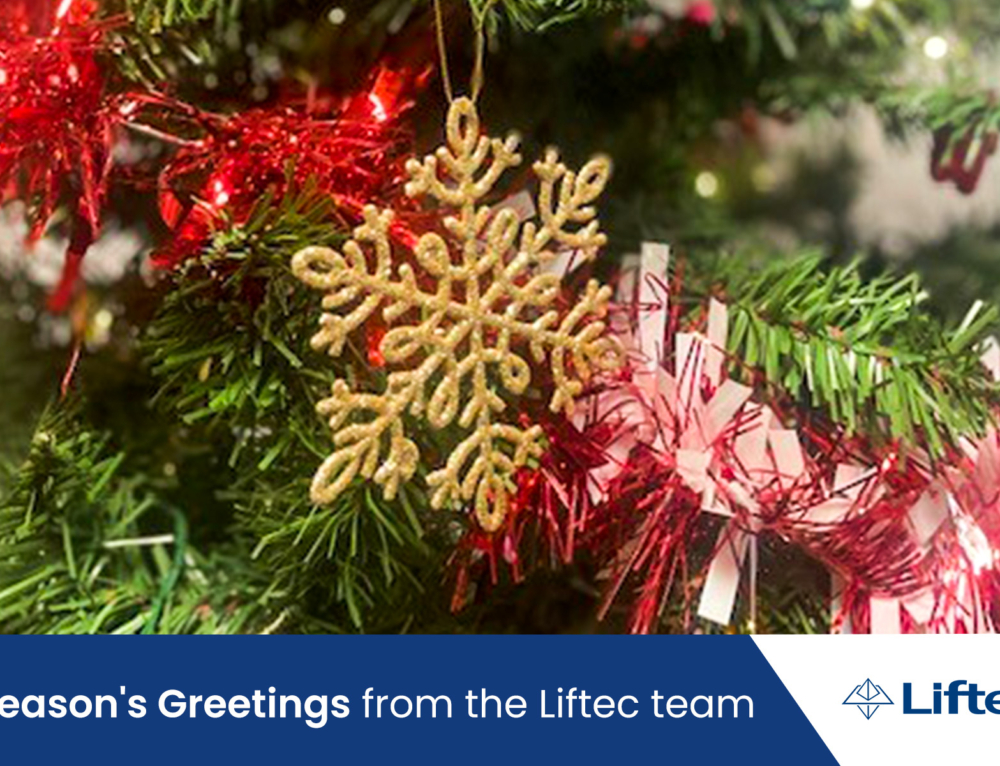After completion of a lift installation or major modernisation, where new buffers are part of the works, it is necessary to carry out a test to verify the lift is safe to use. Buffers are just one of the many essential safety components required by the safety standards Liftec engineers work to.
They are installed in the lift pit and designed to arrest the lift car or balance weight, should there be a fault in the control system causing the lift to overrun at the lowest floor level. For a lift to overrun is almost impossible for modern lifts, due to the advance in technology that now exists. The control system knows exactly, within millimetres, where the lift car is in the shaft and will remove the lift from service, should it detect a problem. However, it is comforting to know this extra level of protection exists, even if it is only used when being tested.
In the following video, you can see an actual test of the car buffer, the lift has a contract load of 1600 kgs or 22 people. The test is always performed with test weights, in this instance, Liftec engineers loaded the car with 1600 kgs of caged weights to simulate a full lift car. The contract speed of this lift is 5.0 m/s, however, the standards allow for a reduced stroke buffer where the control system can guarantee the impact speed. This allows for the speed to be reduced to a level below the rating of the buffer.
For 5.0 m/s the reduced speed can be 3.5 m/s. The video is in real-time and shows the machine accelerating to 3.5 m/s and then, when the lift hits the buffers, how quickly its brakes stop the downward movement.
There are two views of the buffer test taken by different cameras set up in the pit, to capture the test. It’s best to have the sound on to appreciate how hard the buffer works to arrest the lifts energy as it impacts it at 3.5 m/s.






